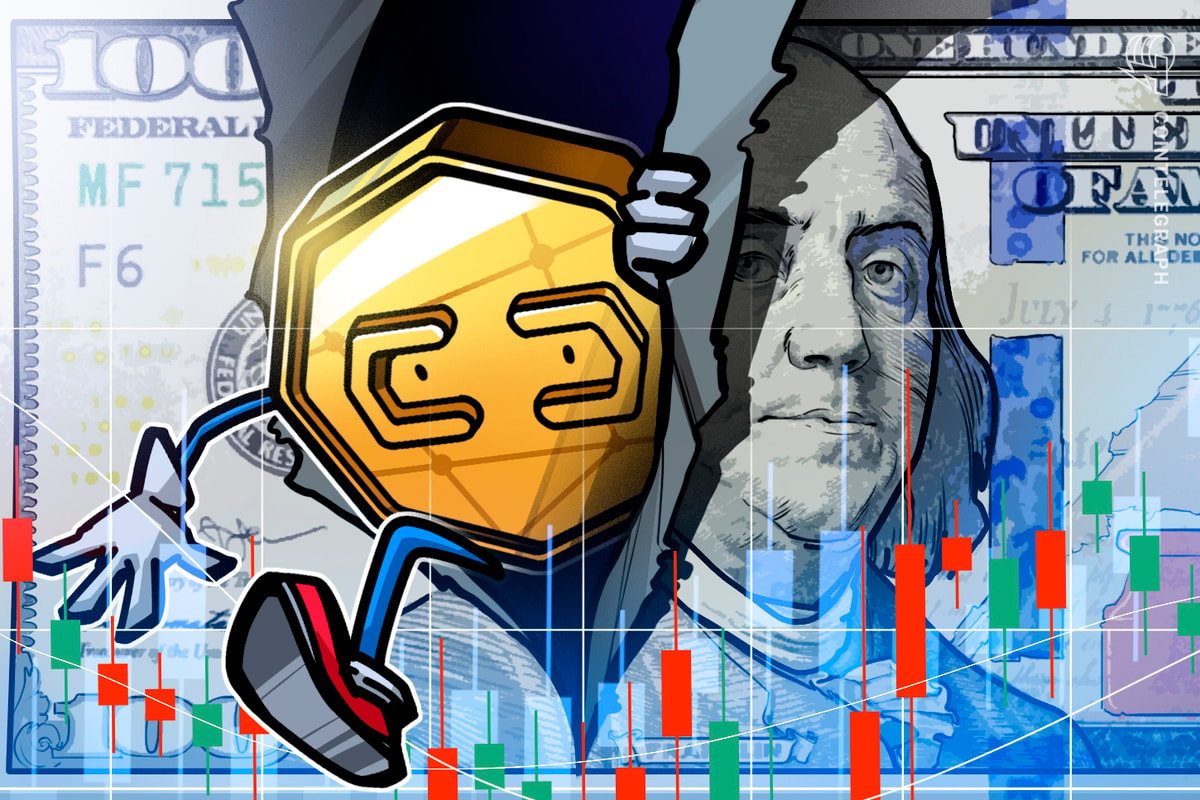While the coming of physically-based rendering in Second Life (think reflective surfaces) is causing much buzz among SL’s creative community, some well-known metaverse content creators are pushing for Linden Lab to improve the virtual world in another key area: Terrain textures.
“The textures are blurry and flat on their own,” as veteran 3D artist Max Graf explains in this Plurk thread, “But up against all the newer visual quality they just look out of place, requiring extra effort to hide the ugly. The texturing method itself, for ‘blending’ the four textures via corner low and highs was fine in 2009, but it is so horribly dated now when there are so many additional ways it could be done better and produce a better visual on par with everything else that has evolved.”
This JIRA submission (SL account log-in required to “Watch This Issue”), submitted by fellow 3D artist NeoBokrug Elytis is a bid to encourage Linden Lab to update the system.
As an example for what they’re hoping to achieve, Max sent me the mountain image above.
“This is a simple multi-color terrain for viewing from far off, done using a ‘splatmap’ to define the areas for each color or texture. Even as plain and smooth as this is, it could not be done with the current SL system, the blending would not be possible.
“However,” he goes on, “you add a normal map and some parallax occlusion to that same smooth texture and you get this instead:
See above, and click to embiggenate!
“But that does not just apply to far away views,” Max says. “You can use it to do amazing and detailed close up textures too, like this forest floor (not the vertical plants and grass on it, but the bumpy, rough surface of the terrain with all the moss and pebbles and sticks.)”
See below:
And no, these aren’t recent images, but from 2010, when Max was creating some experiences for the late virtual world Blue Mars.
“To just allow normal maps on terrain would be relatively simple,” he tells me. “Splat maps or parallax occlusion for displacement would be more complex. Adding occlusion maps is somewhat simple but is different than displacement using parallax occlusion.”
Mr. Elytis spells out an approach to making these improvements in the JIRA submission:
This feature request is an update to improve how existing terrain textures are applied to regions. Most importantly it ensures that all SL viewers have a uniform viewing experience, as well as providing the creator better control of how textures are applied to the terrain of the region.
Using a similar method to terrain height maps, this feature will determine which blend of textures are most visible at a given inworld coordinate on the terrain.
Then instead of using the current pseudo-random blend method to render textures on land, we define which textures are most visible at a given coordinate using a “texture visibility map”. For the terrain visibility map, this feature should use an image format that viewers already understand, and that can potentially be stored on the asset server to be applied at the region level via drag and drop, or converted into a unique asset type.
Much more here. The Linden dev team actually acknowledged the JIRA submission in 2021, saying, “Certainly making the blending deterministic and consistent across viewers would be an important goal there, and giving more control of blending may also make sense.” Max just updated the JIRA entry to hopefully prioritize it more.
I imagine if more people start Watching it, the request may be prioritized even further!
Read More: nwn.blogs.com








 MATH
MATH  Dimitra
Dimitra  Alchemix
Alchemix  Bitgert
Bitgert  Sceptre Staked FLR
Sceptre Staked FLR  Aavegotchi
Aavegotchi  Coinweb
Coinweb  Camino Network
Camino Network  Pikaboss
Pikaboss  MetaMUI
MetaMUI  IDEX
IDEX  PIXL
PIXL  Maple
Maple  Gems VIP
Gems VIP  Polkastarter
Polkastarter  ECOx
ECOx  DexTools
DexTools  pSTAKE Finance
pSTAKE Finance  AstraAI
AstraAI  Dexalot
Dexalot  HERBCOIN
HERBCOIN  Department Of Government Efficiency
Department Of Government Efficiency  Realio Network Token
Realio Network Token  Alkimi
Alkimi  Tutorial
Tutorial  Book of Ethereum
Book of Ethereum  Bubblemaps
Bubblemaps  Incrypt
Incrypt  Sleepless AI
Sleepless AI  RAMP [OLD]
RAMP [OLD]  Dragonchain
Dragonchain  Swell
Swell  OG Fan Token
OG Fan Token  GoGoPool ggAVAX
GoGoPool ggAVAX  Flamingo Finance
Flamingo Finance  BiLira
BiLira  Lido Staked SOL
Lido Staked SOL  Abster
Abster  Coinmetro
Coinmetro  Catizen
Catizen  Berachain Staked ETH
Berachain Staked ETH  Maya Protocol
Maya Protocol  IMO
IMO  district0x
district0x  Mango
Mango  Vertex
Vertex  Gnosis xDai Bridged WETH (Gnosis Chain)
Gnosis xDai Bridged WETH (Gnosis Chain)  WATCoin
WATCoin  Electronic USD
Electronic USD